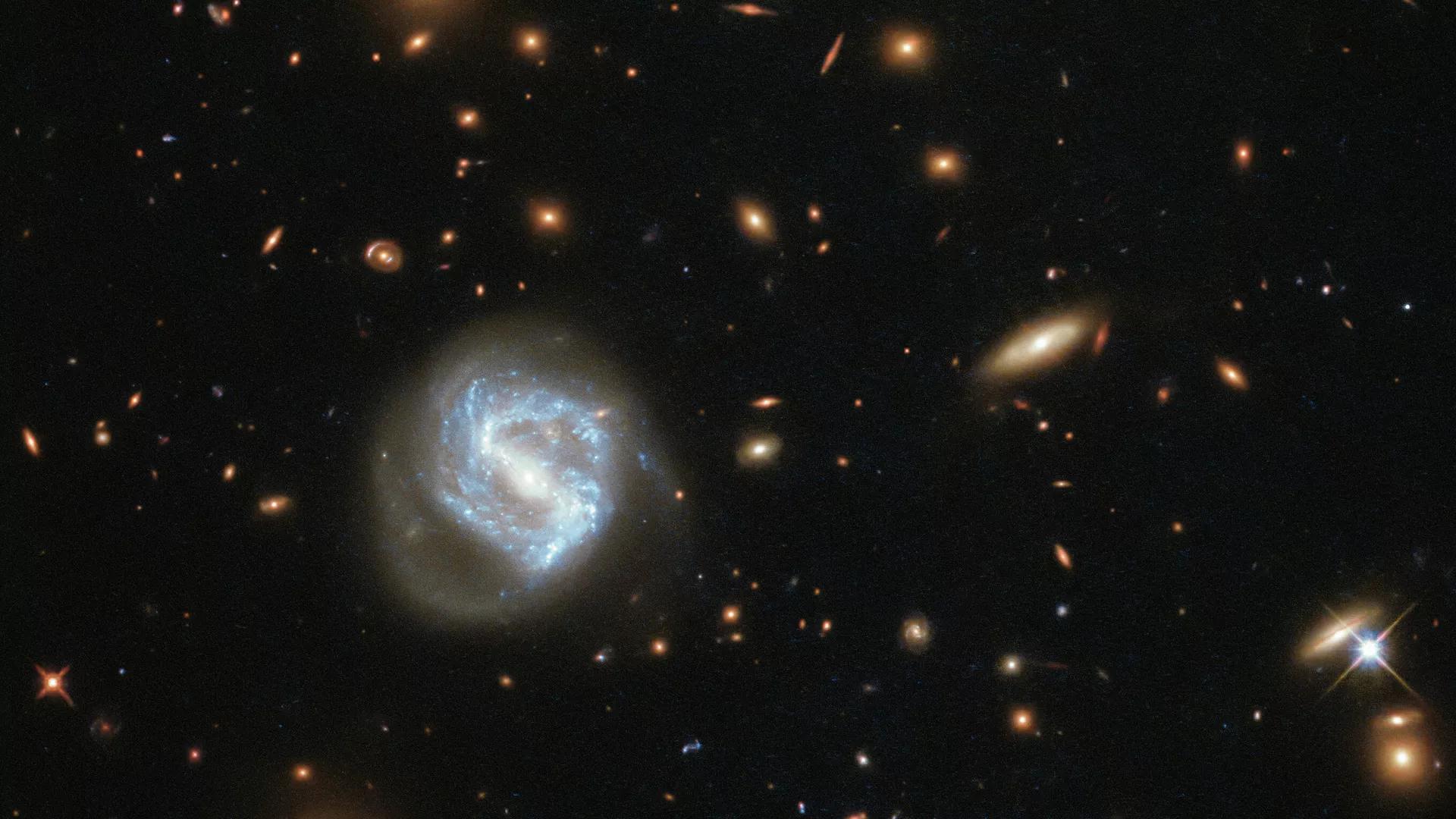Africa-Press – Cape verde. Hubble may be coming towards the end of its life but the data it gathered over the decades is still paying dividends. NASA has announced the discovery of a galaxy that may be the “missing link” between two early phases of a galaxy’s lifespan.
Dubbed GNz7q, astronomers believe the galaxy has a rapidly growing blackhole at its center and may help explain how supermassive blackholes, which have the mass millions or billions times larger than our sun, grow so quickly.
The galaxy existed a mere 750 million years after the big bang, in what is known as the dawn of the universe. Scientists believe that supermassive blackholes begin as dusty starbursts, a time in which stars are formed at an accelerated pace. They then expel massive amounts of dust and gas, becoming a luminous quasar, an extremely bright galactic nucleus thousands of times brighter than a galaxy like our own Milky Way.
While finding luminous quasars and starburst galaxies are extremely rare, they have both been observed by space telescopes. Astronomers believe that GNz7q could be the missing link between the two. It has aspects of both and perfectly matches the properties of the transition phase predicted in simulations but never observed in reality.
Interestingly, the GNz7q was discovered in a part of the sky that is already well-studied. It was discovered because of the plethora of data available on that area of the sky, particularly multiwavelength data sets without which the young galaxy likely would have never been discovered. Because GNz7q lacks some of the unique features typical of luminous quasars, it was easy to miss.
Now that scientists know what to look for and where to look for it, they plan to systematically search the sky for similar objects using the NASA James Webb Space Telescope that has special spectroscopic instruments that will allow it to study phenomena like GNz7q in greater detail.
For More News And Analysis About Cape verde Follow Africa-Press






